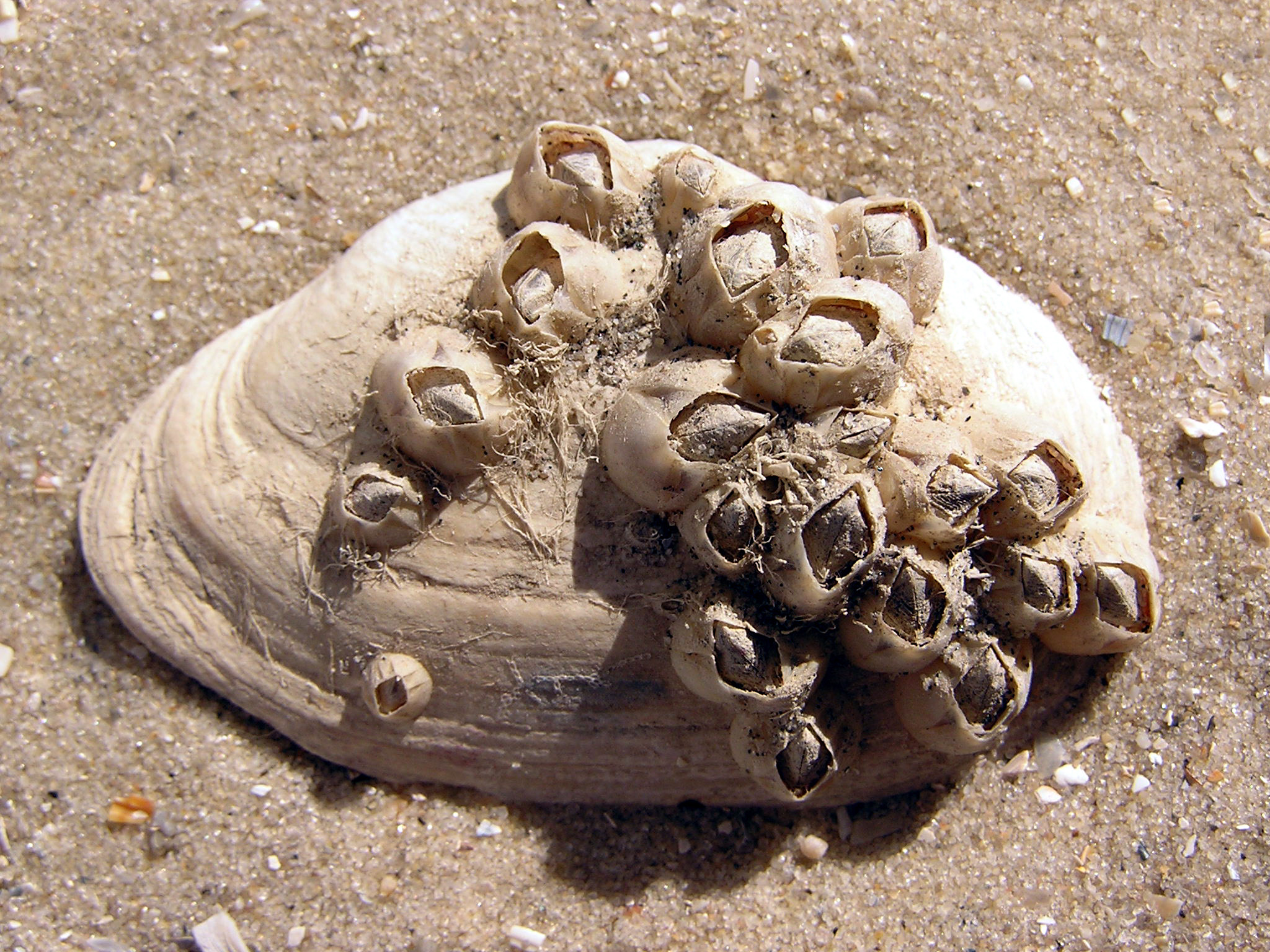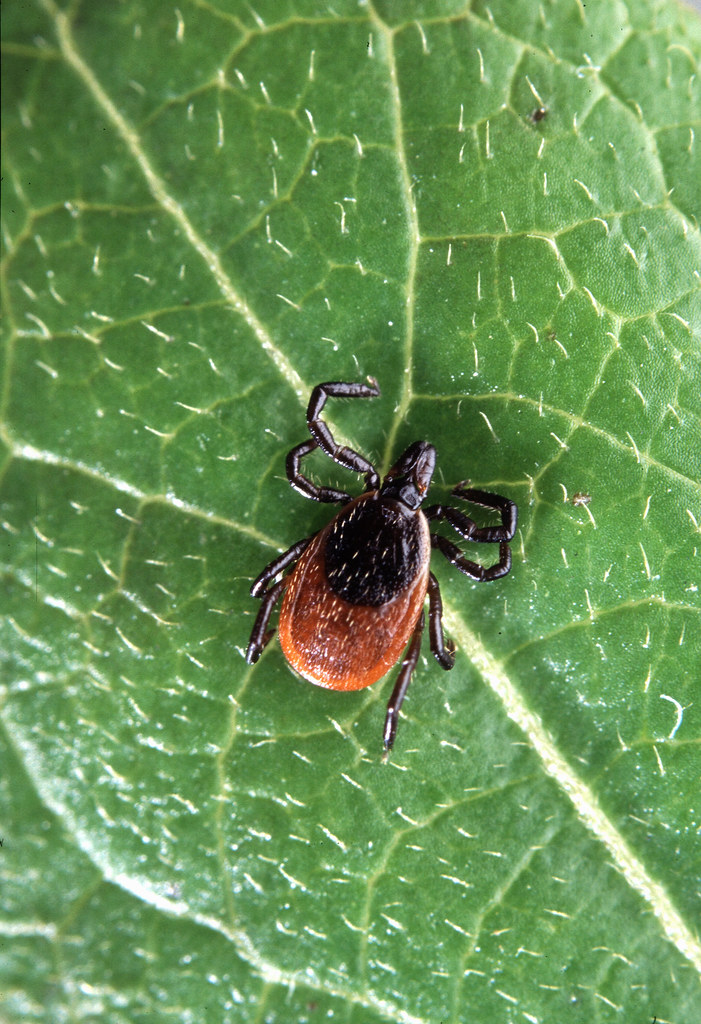Caroline Koffke
Jillian Holbrook
Caroline Koffke
Jillian Holbrook
Skills you’ll gain in this topic:
- Explain types of relationships in a community, like predation, competition, and mutualism.
- Describe the role of keystone species and why they’re crucial for stability.
- Predict community changes based on shifts in species interactions.
- Relate interspecies relationships to the health of ecosystems.
- Analyze the ripple effects of removing certain species from a community.
Species Diversity
A community refers to a group of different populations living in the same area. An example of this would be humans, dogs, and rats living in the city of Chicago. 🐀
Communities can be large or small, and they can be found in a variety of environments, including terrestrial, aquatic, and even the air! In a community, the various species interact with one another through a variety of processes, such as competition for resources, predation, and mutualism, which have differential positive, negative, or neutral effects.
Understanding the dynamics of a community can help scientists and researchers better understand how ecosystems function and how they can be managed and conserved.
When studying a community, scientists often measure the species diversity and species composition in that area, as community dynamics inform ecosystem function, management, and conservation. Species diversity refers to the number of unique species living in the area and the percentage of the population represented by each species.
The structure of a community is described in terms of species composition and species diversity. An environment with a large number of unique species whose populations are also equally distributed is considered highly diverse!
The diversity of a community can be measured using Simpson’s Diversity Index, the following equation:
Diversity Index = 1 - Σ (n / N)^2
where:
n = the total number of organisms of a particular species N = total number of organisms of all species
Interactions between populations in a community determine the health of that community, changes in species and populations over time, and how energy and matter are transferred. These relationships consist of predation, competition, mutualism, commensalism, and parasitism, which we will further explore in terms through the lens of community ecology!
Community Interactions
Predator and Prey (+/-)
A predator/prey relationship refers to a relationship in which one organism eats another. The predator in one relationship may be the prey in another relationship. An example of a predator/prey relationship is a snake and a mouse. The snake is the predator and eats the mouse, which is the prey. 🐍
In another scenario, the snake may become the prey. A hawk serves as a potential predator for the snake. This relationship is the most common way of showing the transfer of energy in an ecosystem.
Predation in ecosystems is a top-down control on other species, often making it an ecosystem service. By limiting prey populations, predators create trophic cascades that affect the population sizes or behaviors of species at other levels of an ecosystem.

Image courtesy of NPS.
Interspecies competition refers to relationships in which two species are competing for the same limited habitat, food, or water. Any time that two organisms share a common food source in predation, competition might result. As an example, hawks and badgers might be in competition for snakes as a source of food.
Competition can lead to a decrease in one population if another population is more fit to hunt prey. It may also lead to a stabilizing of both populations if both groups are equally fit.

Image courtesy of Giphy.
Niche partitioning is the process by which different species divide up resources and use them in different ways. To avoid interspecies competition, different species utilize different ecological niches.
Mutualism (+/+)
Mutualism refers to a relationship in which both species involved receive a fitness benefit from the relationship.
A classic example of this is the Acacia tree and the Acacia ant. The tree produces small leaves that possess large quantities of nutrients for the ants to eat. In return, the ants protect the Acacia tree from some predators and reduce the bacterial population on the leaves of the tree. Because both species are equally benefited from the relationship, this is considered an example of mutualism. 🐜
_with_Beltian_bodies%2C_Caves_Branch_Jungle_Lodge%2C_Belmopan%2C_Belize_-_8505045055.jpg?alt=media&token=7580c51a-564b-4aff-822a-677a819ae423)
Image courtesy of Wikimedia Commons.
Commensalism (+/0)
Commensalism refers to a relationship in which one species benefits and the other species is neither harmed nor helped.
An example of this type of relationship is between a barnacle and a whale. A barnacle is a sea creature that bonds to a surface and waits for the water to carry particles of plankton and other food sources across their mouths.
Barnacles frequently bind to the thick skin of the whale. The barnacle benefits greatly from this because the whale’s frequent movement allows for an increased amount of plankton and other food particles to pass over the barnacle. The whale is neither harmed nor helped by the binding of the barnacle. 🐋

Image courtesy of WikiMedia Commons.
Parasitism (+/-)
Parasitism is a type of interaction between species in which one species, the parasite, benefits at the expense of the other species, the host.
Parasites can be found in a wide range of species, including plants, animals, and even microorganisms. Many parasites are specialized to infect a particular host species, and they often have complex life cycles that involve multiple hosts. In some cases, the relationship between a parasite and its host can be relatively benign, with the host experiencing only minor effects from the parasite's presence. However, in other cases, the relationship can be much more harmful, with the parasite causing serious illness or even death in the host. Some parasites are able to manipulate the behavior or physiology of their hosts in ways that increase the parasite's chances of survival and reproduction.
Predation and parasitism appear to be similar, as both relationships include one species experiencing a fitness benefit at the expense of the other. However, parasitism can be differentiated, as parasites are relatively small in comparison to the hosts they feed off of, and parasites tend to feed off part of other organisms rather than consume the entire organism, as is common in a predator/prey interaction.
For example, a tick and a dog represent parasitism. Relative to the dog, the tick is small. It bites the dog's skin to feed on nutrients in the dog's blood. In addition to the deprivation of nutrients, ticks carry diseases that may infect the dog. Ultimately, this relationship benefits the tick and harms the dog. 🐕

Image courtesy of Flickr.
-----
Check out the AP Bio Unit 8 Replays or watch the 2021 Unit 8 Cram
<< Hide Menu
Caroline Koffke
Jillian Holbrook
Caroline Koffke
Jillian Holbrook
Skills you’ll gain in this topic:
- Explain types of relationships in a community, like predation, competition, and mutualism.
- Describe the role of keystone species and why they’re crucial for stability.
- Predict community changes based on shifts in species interactions.
- Relate interspecies relationships to the health of ecosystems.
- Analyze the ripple effects of removing certain species from a community.
Species Diversity
A community refers to a group of different populations living in the same area. An example of this would be humans, dogs, and rats living in the city of Chicago. 🐀
Communities can be large or small, and they can be found in a variety of environments, including terrestrial, aquatic, and even the air! In a community, the various species interact with one another through a variety of processes, such as competition for resources, predation, and mutualism, which have differential positive, negative, or neutral effects.
Understanding the dynamics of a community can help scientists and researchers better understand how ecosystems function and how they can be managed and conserved.
When studying a community, scientists often measure the species diversity and species composition in that area, as community dynamics inform ecosystem function, management, and conservation. Species diversity refers to the number of unique species living in the area and the percentage of the population represented by each species.
The structure of a community is described in terms of species composition and species diversity. An environment with a large number of unique species whose populations are also equally distributed is considered highly diverse!
The diversity of a community can be measured using Simpson’s Diversity Index, the following equation:
Diversity Index = 1 - Σ (n / N)^2
where:
n = the total number of organisms of a particular species N = total number of organisms of all species
Interactions between populations in a community determine the health of that community, changes in species and populations over time, and how energy and matter are transferred. These relationships consist of predation, competition, mutualism, commensalism, and parasitism, which we will further explore in terms through the lens of community ecology!
Community Interactions
Predator and Prey (+/-)
A predator/prey relationship refers to a relationship in which one organism eats another. The predator in one relationship may be the prey in another relationship. An example of a predator/prey relationship is a snake and a mouse. The snake is the predator and eats the mouse, which is the prey. 🐍
In another scenario, the snake may become the prey. A hawk serves as a potential predator for the snake. This relationship is the most common way of showing the transfer of energy in an ecosystem.
Predation in ecosystems is a top-down control on other species, often making it an ecosystem service. By limiting prey populations, predators create trophic cascades that affect the population sizes or behaviors of species at other levels of an ecosystem.

Image courtesy of NPS.
Interspecies competition refers to relationships in which two species are competing for the same limited habitat, food, or water. Any time that two organisms share a common food source in predation, competition might result. As an example, hawks and badgers might be in competition for snakes as a source of food.
Competition can lead to a decrease in one population if another population is more fit to hunt prey. It may also lead to a stabilizing of both populations if both groups are equally fit.

Image courtesy of Giphy.
Niche partitioning is the process by which different species divide up resources and use them in different ways. To avoid interspecies competition, different species utilize different ecological niches.
Mutualism (+/+)
Mutualism refers to a relationship in which both species involved receive a fitness benefit from the relationship.
A classic example of this is the Acacia tree and the Acacia ant. The tree produces small leaves that possess large quantities of nutrients for the ants to eat. In return, the ants protect the Acacia tree from some predators and reduce the bacterial population on the leaves of the tree. Because both species are equally benefited from the relationship, this is considered an example of mutualism. 🐜
_with_Beltian_bodies%2C_Caves_Branch_Jungle_Lodge%2C_Belmopan%2C_Belize_-_8505045055.jpg?alt=media&token=7580c51a-564b-4aff-822a-677a819ae423)
Image courtesy of Wikimedia Commons.
Commensalism (+/0)
Commensalism refers to a relationship in which one species benefits and the other species is neither harmed nor helped.
An example of this type of relationship is between a barnacle and a whale. A barnacle is a sea creature that bonds to a surface and waits for the water to carry particles of plankton and other food sources across their mouths.
Barnacles frequently bind to the thick skin of the whale. The barnacle benefits greatly from this because the whale’s frequent movement allows for an increased amount of plankton and other food particles to pass over the barnacle. The whale is neither harmed nor helped by the binding of the barnacle. 🐋

Image courtesy of WikiMedia Commons.
Parasitism (+/-)
Parasitism is a type of interaction between species in which one species, the parasite, benefits at the expense of the other species, the host.
Parasites can be found in a wide range of species, including plants, animals, and even microorganisms. Many parasites are specialized to infect a particular host species, and they often have complex life cycles that involve multiple hosts. In some cases, the relationship between a parasite and its host can be relatively benign, with the host experiencing only minor effects from the parasite's presence. However, in other cases, the relationship can be much more harmful, with the parasite causing serious illness or even death in the host. Some parasites are able to manipulate the behavior or physiology of their hosts in ways that increase the parasite's chances of survival and reproduction.
Predation and parasitism appear to be similar, as both relationships include one species experiencing a fitness benefit at the expense of the other. However, parasitism can be differentiated, as parasites are relatively small in comparison to the hosts they feed off of, and parasites tend to feed off part of other organisms rather than consume the entire organism, as is common in a predator/prey interaction.
For example, a tick and a dog represent parasitism. Relative to the dog, the tick is small. It bites the dog's skin to feed on nutrients in the dog's blood. In addition to the deprivation of nutrients, ticks carry diseases that may infect the dog. Ultimately, this relationship benefits the tick and harms the dog. 🐕

Image courtesy of Flickr.
-----
Check out the AP Bio Unit 8 Replays or watch the 2021 Unit 8 Cram

© 2025 Fiveable Inc. All rights reserved.